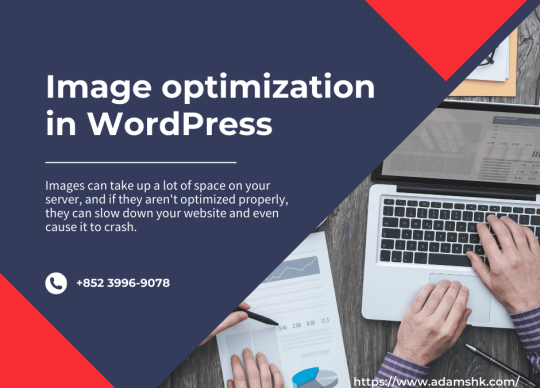If you’re running a WordPress site, image optimization is something you need to be aware of. Images can take up a lot of space on your server, and if they aren’t optimized properly, they can slow down your website and even cause it to crash. In this article, we’ll discuss the basics of image optimization and show you how to use plugins to optimize your images. We’ll also give you some tips for optimizing images manually, and tell you what size and file type considerations you need to keep in mind. Finally, we’ll provide some additional resources on image optimization that you can check out.
So, what is image optimization and why is it important? Image optimization is the process of reducing the size of an image without compromising its quality. When you optimize images for the web, you’re basically removing all of the unnecessary data from them so that they will load faster. This is important because a slow-loading website can frustrate users and cause them to leave your site.
The basics of image optimization are pretty simple. You want to make sure that you’re using the right file type and that your images are the correct size. You also want to make sure that you’re using compression techniques to reduce the size of your images as much as possible. And, if you’re using images in your posts, you want to make sure that you’re using the alt tag so that search engines can index them properly.
There are a number of plugins that you can use to optimize your images. We recommend WP Smush for image compression. For file type and size optimization, we recommend ShortPixel Image Optimizer. These plugins will automatically optimize your images as you upload them to your WordPress site. They also offer some settings that you can use to further optimize your images.
If you’re not using a plugin, there are a number of things you can do to optimize your images manually. One thing you can do is reduce the file size by removing unneeded data from the image. You can also use compression techniques to reduce the size of your images. And, as we mentioned before, you want to make sure that you’re using the alt tag when you insert images into your posts.
When it comes to image size and file type considerations, there are a few things you need to keep in mind. First of all, you want to make sure that your images are the correct size. If they’re too large, they will take longer to load and could cause your website to crash. You also want to make sure that you’re using the right file type. JPEG is a good file type for photos, while GIF and PNG are good for graphics and logos.
We hope this article has been helpful and that you now have a better understanding of image optimization in WordPress. If you have any questions, please feel free to ask them in the comments section below. And, if you know of any other resources on image optimization that we should include in this article, please let us know about them in the comments section as well. Thanks for reading!

